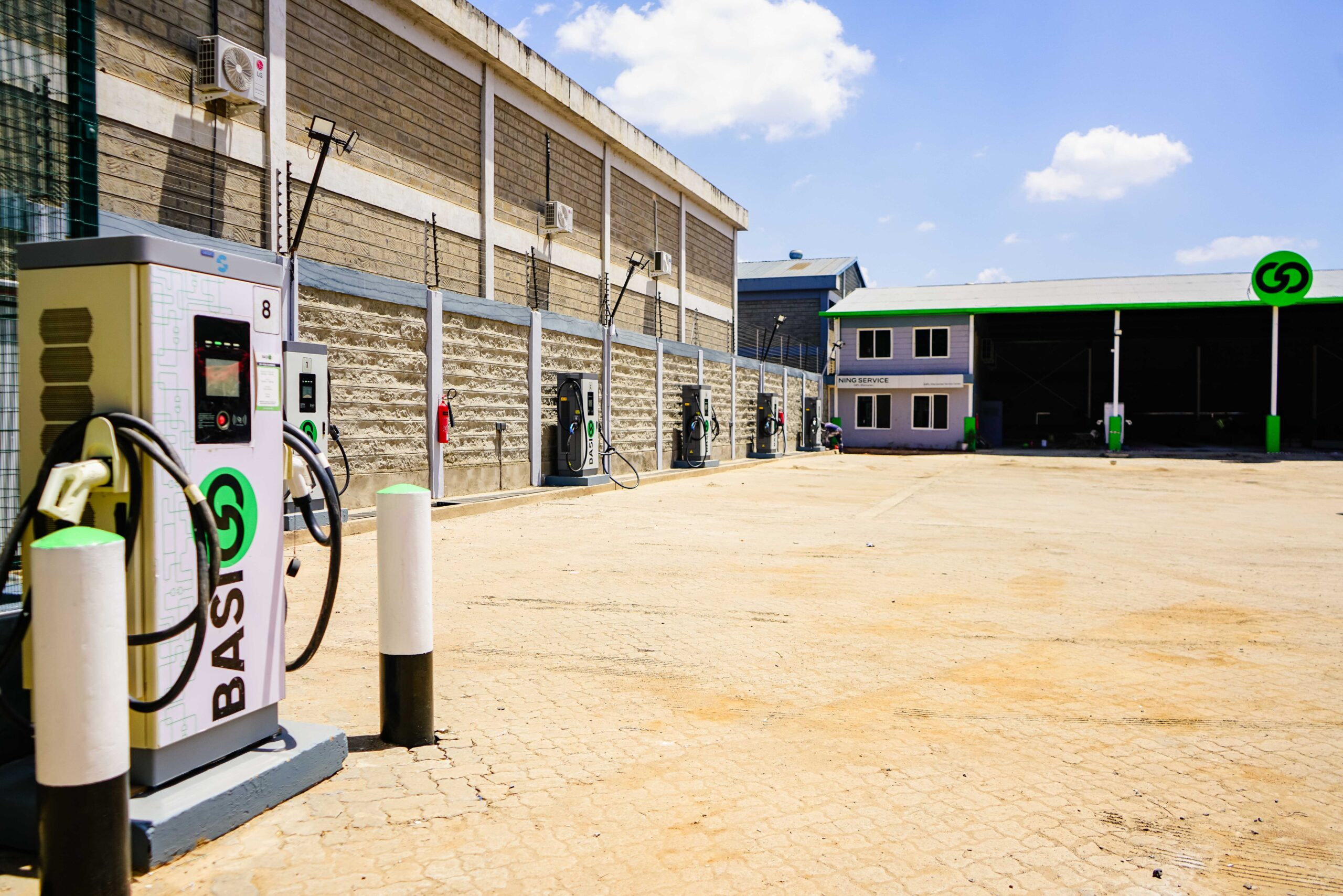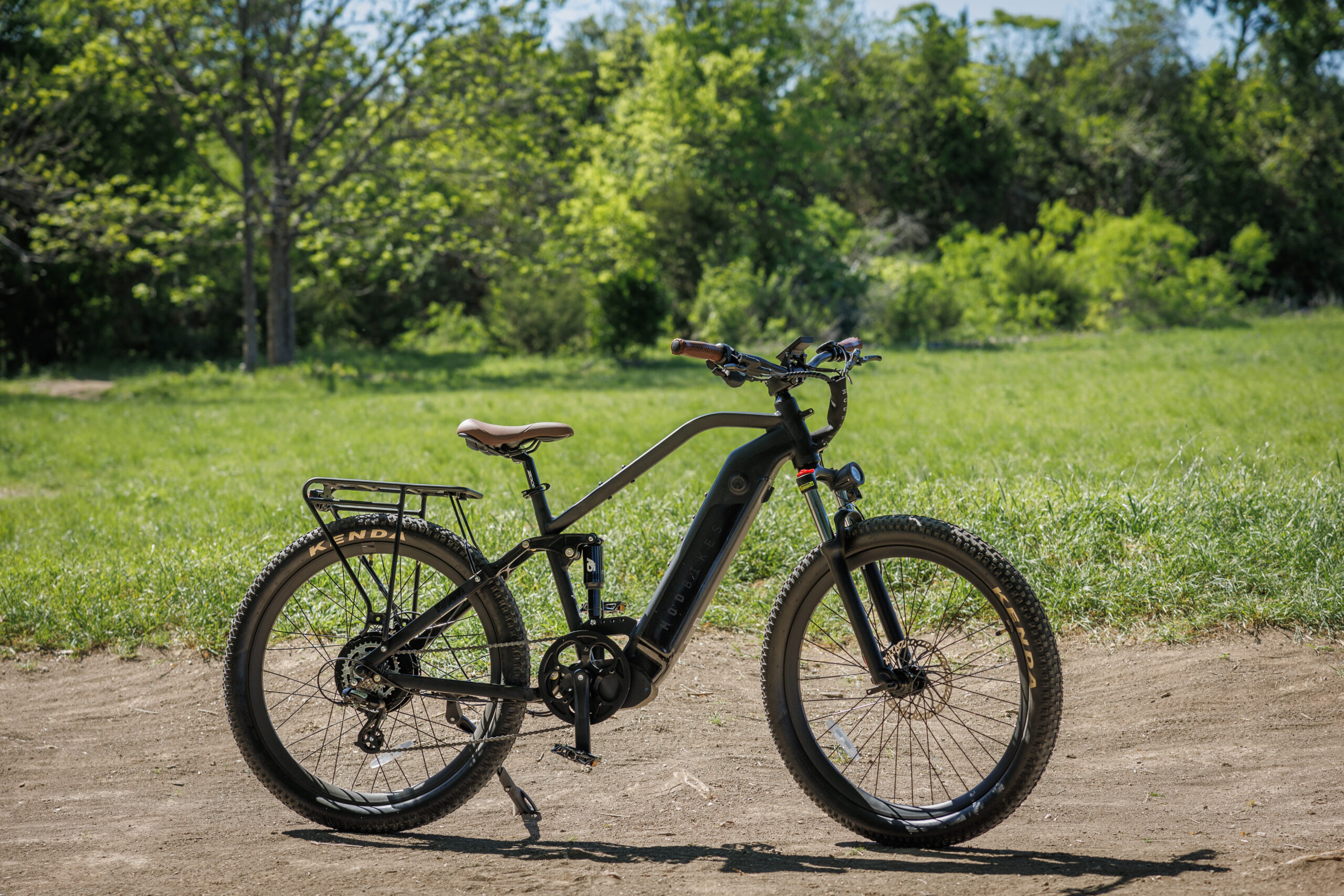Support CleanTechnica’s work through a Substack subscription or on Stripe.
A walk or drive along Nairobi’s streets these days really shows you that electric buses have arrived. It’s quite easy to spot some electric buses now on the roads. Most of them are supplied by BasiGo. BasiGo is now ramping up operations and is supplying bus operators with its locally assembled electric buses via several channels, including its innovative Pay-A-You-Drive model.
This model quickly gained the trust of public service vehicle operators. With Pay-As-You-Drive, owners can acquire an electric bus for a minimal upfront cost. Owners then pay an affordable Pay-As-You-Drive fee which includes all charging and maintenance services provided by BasiGo. Since Pay-As-You-Drive is mileage-based, owners only pay if their electric bus is operating. BasiGo says with Pay-As-You-Drive, owning an electric bus is as easy as driving.
As the number of electric buses grows on Kenya’s roads, so does the need for the accompanying charging infrastructure. In this regard, BasiGo has just announced a significant expansion of its charging infrastructure with the launch of three new depots across Nairobi. The depots located in Komarock, Taj Mall, and Riruta substantially expand the company’s capacity to support its growing fleet of electric buses operating across the city.
BasiGo now has charging 9 hubs, including:
- Buruburu
- Kikuyu
- Thika
- Even Business Park
- Waiyaki Way
- Nyahururu — for intercity operations
- Komarock
- Taj Mall
- Riruta
A tenth hub is under construction and should be ready by the end of the year. BasiGo says a key feature of this expansion is an integrated service and customer excellence center at the Taj Mall depot. This facility will deliver specialized maintenance for CATL battery technology and provide customer service directly to bus operators, ensuring technical expertise and support are readily accessible. This on-the-ground expertise will ensure maximum uptime, performance, and safety for the electric bus fleet, solidifying the ecosystem for sustainable transport.

The new depots feature DC fast chargers capable of charging up to 100 buses daily through sequential charging, ensuring buses spend more time on the road serving commuters. The facilities will utilize the e-mobility tariff and tap into excess nighttime grid capacity. They are equipped with GB/T and CCS2 connectors, offering charging speeds up to 160kW. BasiGo currently has a fleet of 76 buses in Kenya and will have hundred buses in Kenya by the end of the year. That means the 10 charging hubs will be able to comfortably charge all of BasiGo’s fleet and still have excess capacity to accommodate more buses as they continue to scale deployment of buses.
“We are building the essential infrastructure for the future of public transport in Kenya. This expansion gives bus operators the confidence to go electric. They can see that the essential backbone, from rapid charging to local service, is now in place, ensuring their e-buses operate efficiently and reliably for Nairobi’s passengers,” said Moses Nderitu, Managing Director, Kenya at BasiGo.
Kenya Power’s Managing Director and CEO, Dr. (Eng.) Joseph Siror emphasized the company’s commitment to supporting the growth of the e-mobility sector, saying, “Kenya Power is proud to power the future of mobility in Kenya. As demand for electric transport grows, our role is to ensure the national grid is ready to support this shift with reliable, accessible electricity. This expansion is a great example of what’s possible when innovators like BasiGo partner with us to deliver clean energy solutions to the public. By enabling infrastructure like this, we’re not just supporting electric vehicles, we are driving progress toward a cleaner and more sustainable Kenya.”
The new charging stations expand BasiGo’s existing footprint of grid-connected EV charging infrastructure in Nairobi. BasiGo says with this latest expansion, the company continues to operate the country’s most extensive network of DC fast chargers for electric buses and maintains the largest fleet of electric PSVs currently in service in East and Sub-Saharan Africa.
With Kenya’s grid mostly powered by renewables, accelerating the adoption of electric buses will go a long way in helping to tackle emissions from the transport sector. Accelerating adoption also will also help solve some of Kenya’s key challenges in the energy sector. For example, an issue that has been affecting Kenya’s electricity landscape is energy curtailment due to low uptake of available geothermal generation capacity during the overnight off-peak hours. For the financial year that ended on the 30th of June 2025, EPRA reports that energy curtailment was reduced by 17.72%, from 812.8 GWh curtailed in the previous year to 668.7 GWh in the year ending June 2025. Still, 668.7 GWh is almost 5% of the energy generated during that period. Most of the energy curtailment happens overnight at geothermal plants. A good chunk of this could be better utilized through overnight charging of electric vehicles.
Another area of note is reliance on fossil fuel imports. Kenya’s demand for fossil fuels is now close to $500 million per month! That’s a huge chunk of Kenya’s total import bill. At this pace, in 12 months, Kenya would be spending $6 billion on fossil fuel imports! The continued reliance on fossil fuel imports is one of the main drivers of Kenya’s trade deficit. This is perhaps a perfect time to really catalyze the local electric mobility sector and to start to significantly reduce fuel imports by substituting those imports with locally generated renewable electricity to power electric vehicles.
In 2025, with all this new technology now readily available, we really need to start cutting down reliance on fossil fuels, especially for a lot of African countries that have to juggle a lot of stuff just to ensure a steady flow of imported petrol and diesel. 10 years ago, these countries had no choice, but now alternatives are available and should be prioritized where possible. Solar and battery tech has also improved drastically over the past 10 years to a point where setting up solar- and battery-powered charging hubs complementing the grid supply is not only feasible, but also ensures lower cost of generation of electricity. Hopefully, governments in more African countries will actively go out of their way to create conducive environments for companies operating in the electric mobility sector to thrive.
Images courtesy of BasiGo
Sign up for CleanTechnica’s Weekly Substack for Zach and Scott’s in-depth analyses and high level summaries, sign up for our daily newsletter, and follow us on Google News!
Have a tip for CleanTechnica? Want to advertise? Want to suggest a guest for our CleanTech Talk podcast? Contact us here.
Sign up for our daily newsletter for 15 new cleantech stories a day. Or sign up for our weekly one on top stories of the week if daily is too frequent.
CleanTechnica uses affiliate links. See our policy here.
CleanTechnica’s Comment Policy




